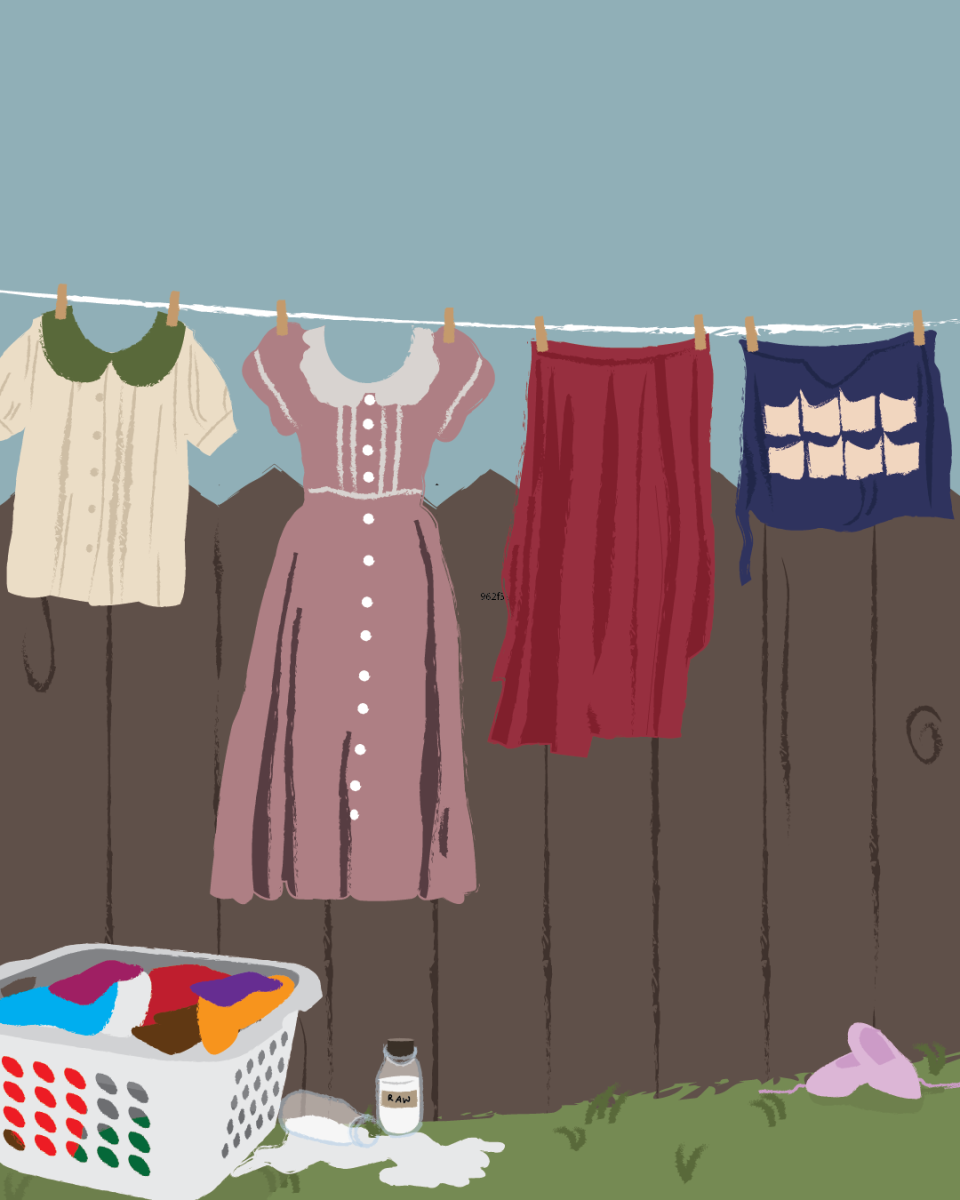Currently, grades at App State are determined by letters that indicate the quality of work done by each student. However, these letter grades are determined by quality points ranging from zero to four. For example, if a student receives 3.7 points per semester hour, they would receive an A-. This system is not necessary, and is an antiquated way of doing things.
Many high schools have already switched out of using this system, but not many colleges, including App State. For example, Watauga High School uses a 10 point grading system. Not only does the high school in this area use the 10-point system, but so do some of the biggest counties in North Carolina. Both Wake and Mecklenburg public schools use a ten point grading system. As the biggest counties they feed the most students into the UNC system. The difference between grading scales from K-12 to college is not only another change that students have to adjust to, but also makes grades and the weight they hold obsolete. For example, if two different institutions consider a 92% to be an A or A-, then the weight that grades hold is unreliable. The 10 point grading scale is the system that is simplest for students, makes the most sense, and is the most standardized across all classes. With that being said, a 10 point grading scale is what App State should switch to.
In addition to quality points being outdated and confusing, not all professors use the same system to assign the amount of quality points that each letter has. This makes it difficult for students to expect the same type of grading throughout their courses, especially between classes of different subjects.
Also, some professors are willing to round up grades to the next letter and some do not. When you look at the difference between letter grades according to the university, there is a difference of .3 quality points between A and A-. This does not seem like too much, but in the grand scheme of grade point average, this can have a large effect on overall GPA. A student receiving one singular A- in their college career will never have a 4.0.
Another issue this brings up is the lack of grade transparency at App State in general. Some professors do not have their AsULearn pages set up for students to view grades, or simply do not put in grades until it nears the end of the semester. There is no requirement for faculty grading to be put into AsULearn, only for faculty to enter grades by the end of the semester deadline. As a result of this, many students may not even know if they are between letter grades until it is too late to do anything to change or improve their grade.
These factors all illustrate how the current grading system is archaic and should be updated to reflect what a majority of students were used to during their K-12 school years, and also to preserve the reliability and fairness of grades for college students.






Steven • Sep 22, 2023 at 5:00 pm
Grades really mean nothing. I received an A- my 1st semester and I survived life.
Hope the students remember what is really important. I respect the position here but it doesn’t change much. What happens if a student has a 89 final grade should we round out to an A or A-? I believe different professors use different scales. I saw an 86 be a C+ once. I was very upset about it.
Alumni • Sep 22, 2023 at 2:32 pm
Most R1 institutions use a 90-100 A grading scale. App state should get with the times. This is one step in the right direction to being taken more seriously as a university full of great people, ideas, and students.
MuChao • Sep 28, 2023 at 5:52 am
*Citation Needed*
MuChao • Sep 21, 2023 at 6:31 am
Except that there is a clear difference between A and A- work. Grade enough work and this difference becomes abundantly clear. A 90 is *not* the same level of quality as a 98+, nor should it be graded as such. That said, if there’s going to be A-‘s, there should be A+’s, too, in order to recognize this distinction. College is not high school, nor should it be emulating high school. The level of effort and quality of work expected is (should!) be more than in high school. That’s kind of the point.
College is about far more than simply earning high marks though, or a 4.0 GPA. If the concern is about grad school entry, many grad schools are more interested in seeing improvements over time, as it shows growth, not simply a 4.0 across the board, which could mean that maybe you did not challenge yourself.
But maybe I’m just antiquated. ¯\_(ツ)_/¯
Mrs. A • Sep 21, 2023 at 6:20 am
I’ve been both a student and a teacher and am a statistician. Ten points are too big a spread for distinguishing for most humans. What is really the practical difference between a 7 and an 8? On the other hand, there IS a difference between a 3 & a 4 and any college teacher can show you the difference between B and A work.
The point of college is NOT your grades; it is your education and your ability to retain what you’ve studied. This article demonstrates a “high school” mentality, and I hope that college students who read this article critically will realize it is time to move into adulthood where your skills matter; not your grades.